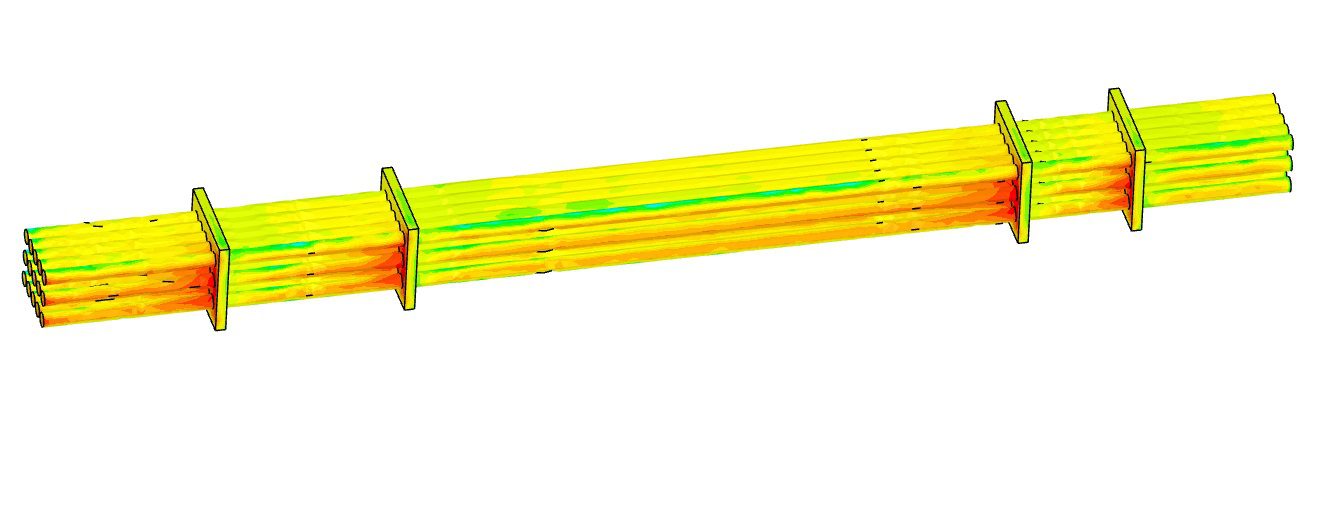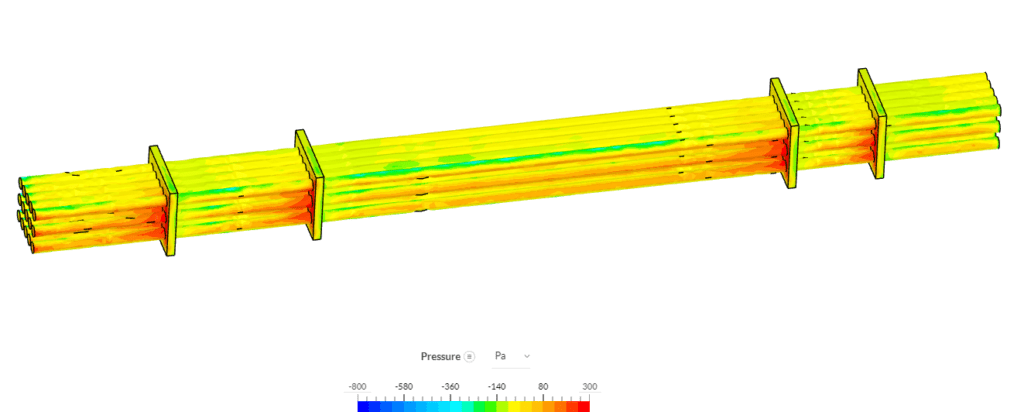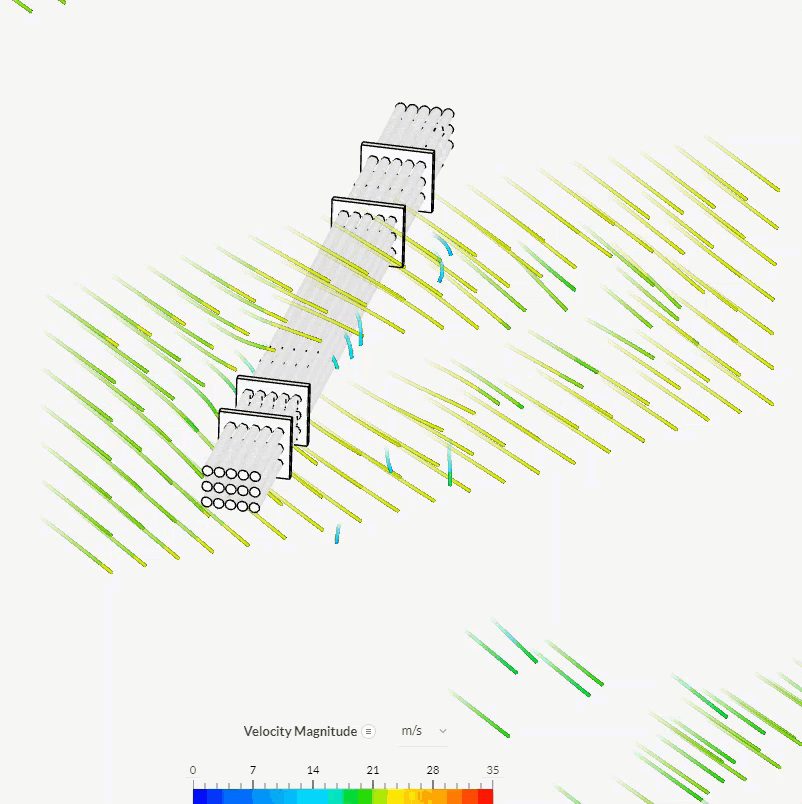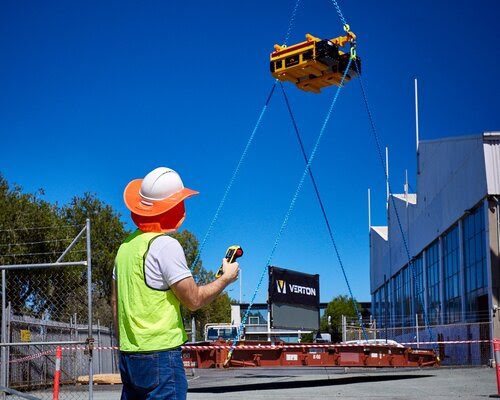
Verton is on a mission to change lifting operations by integrating traditional engineering with digital and disruptive technology. Their innovations unlock improvements in safety and productivity, along with providing solutions for their client’s challenging lifting situations. Verton has developed the world’s first remote-controlled load-management system which uses their revolutionary gyroscopic technology to create an output torque, precisely rotating loads in either direction.
In crane lifting operations, load management is a constant challenge. Getting the orientation and position of a load just right is no simple task, and in windy conditions is a direct hazard causing lengthy and expensive delays. Verton developed the world’s first remote-controlled load-management system to address these challenges. Using Verton’s revolutionary gyroscopic technology to create an output torque, precisely rotating loads in either direction, Verton’s clients benefit from a safer and more productive workplace.

Verton serves a diverse set of clients in a multitude of industries each with its unique needs. From aligning precast concrete slabs to loading cargo containers, Verton’s clients need to move loads that can weigh many tons with the utmost precision, no small feat. Due to the variety of shapes and sizes of the different loads and each’s unique behavior in windy conditions, Verton looks at each client on a case-by-case basis to ensure that the correct and optimal solution is sized for the application. Considering the practicalities and costs involved with physical testing, computer-aided engineering and CFD are a natural fit.
The need for multiple simulations on a given project, along with varying demand depending on how many requests come in a given week means that Verton needed a flexible but powerful CFD solution to fit their needs. Traditionally this would require high capital expenditures on local hardware that would sit idle much of the time, just so that surge demand could be accounted for, but using SimScale, Verton was able to leverage the cloud, gaining access to high-performance computing at a fraction of the cost.
Each simulation takes around 4-5 hours to complete on 64 cores, far more than a typical 8 core machine you might find in an office. By being able to set up the individual simulations for each wind case in parallel, using 384 cores at once, time to results was cut from 24-30 hours down to 4-5.
Once the model was ready, they selected the location of the building, set up the wind conditions, and were ready to simulate. In SimScale, the weather database is integrated so all that is needed is a city or postcode and it will import weather data.

The ability to run multiple computationally intensive simulations in parallel, with minimal upfront capital cost (typically associated with software licenses and physical workstations) was a true game changer for us, and greatly assisted in delivering useful outcomes for our project. The technical support from Simscale during both familiarization and troubleshooting was also excellent.

Joel Kok
Lead Mechanical Engineer at Verton Australia
When analyzing a case for a client and depending on the overall geometrical symmetry of the load, Verton can take up to 12 different wind directions into account, making sure to evaluate the system from all significant angles. Doing so involves creating different virtual wind tunnels for each wind direction, and then applying an appropriate wind speed through the domain. By extracting the peak loads and moments observed in these simulations, Verton chooses an appropriately sized solution for the job with their innovative and modular units. This allows Verton to avoid over or under engineering their solutions, providing their clients with a cost-effective and safe solution.

Verton will continue to use CFD to provide better solutions to its clients. They also plan to use it in a supporting role for future R&D, including investigating transient effects such as vortex shedding, new product development, and more.
Sign up for SimScale
and start simulating now